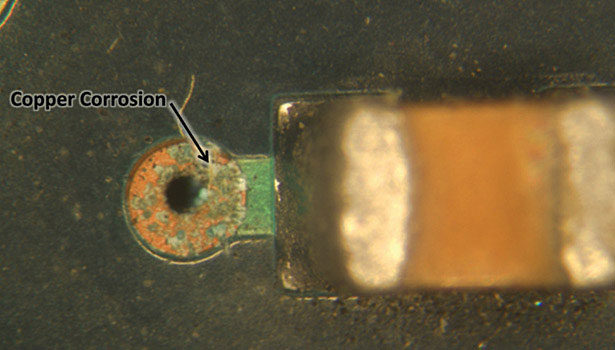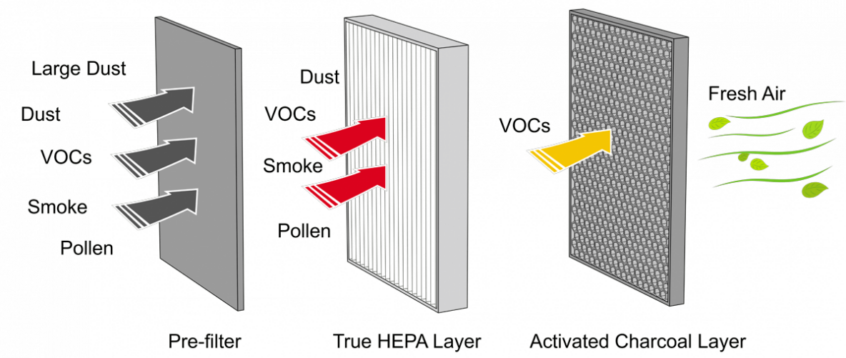Data Center Air Quality: Keeping the Lungs Clean

Data Center Air Quality: A Critical Factor for Uptime and Equipment Longevity
Why Air Quality in Data Centers Matters
In today’s digitally dependent world, data centers form the backbone of cloud computing, enterprise applications, and global communications. Yet one often-overlooked factor threatens their reliability Data center air quality: airborne contamination.
Pollutants such as particulate matter (PM2.5/PM10), gaseous contaminants (like SO₂, H₂S, NOx), and volatile organic compounds (VOCs) cause corrosion of circuitry. This leads to increased equipment failure rates due to compromised thermal efficiency. These contaminants often originate from outdoor pollution, construction materials, or internal human activity—and can be exacerbated by high humidity levels.
Contaminants of Concern
1. Particulate Matter (PM2.5 and PM10)
- Source: Human activity, industrial emissions, construction dust.
- Risk: Clogs cooling systems, promotes electrostatic discharge, and accumulates on circuit boards.
- Recommended Limit: < 100 µg/m³ (ASHRAE Gaseous and Particulate Contamination Guidelines)
2. Corrosive Gases (SO₂, H₂S)
- Source: Industrial emissions, nearby diesel generators, decaying organic material.
- Risk: Reacts with metal components, causing silver creep corrosion and copper oxidation.
- Standard: ISA-71.04 Class G1–G3 (airborne corrosivity levels)
3. Volatile Organic Compounds (VOCs)
- Source: Adhesives, paints, insulation materials.
- Risk: Long-term exposure can degrade plastic enclosures, coatings, and cause oxidation.
4. Humidity & Temperature
- High humidity accelerates corrosion, especially in the presence of pollutants.
- Low humidity increases the risk of electrostatic discharge.
Uptime Institute Tier Levels and Air Quality
In addition to ASHRAE, Uptime Institue have issue specific standards for their different tier level certifications. Tier III and IV requires stricter air quality management than lower tier levels. Higher Tier data centers usually contain higher level, mission critical equipment. Therefore downtime caused by air contaminants can mean vital systems are unavailable. Tier III and IV are required to maintain a filtration rate of 99.9%, which means no more than 0.1% of contaminants can be present in the air.
Standards to Follow
- ISO 14644-1 Class 8: Defines limits for airborne particles in controlled environments (common baseline for data centers).
- ASHRAE TC 9.9: Recommends limits on temperature, humidity, and contamination levels.
- ISA-71.04: Provides environmental classifications for the severity of airborne contaminants.
Maintaining a G1 class environment or better (mild) is ideal for sensitive electronics.
Best Practices for Air Quality Management
1. Continuous Monitoring
Deploy sensors that monitor:
- PM2.5, PM10
- VOCs and corrosive gases (SO₂, H₂S)
- Temperature, humidity, and dew point
- Air pressure differential (to ensure proper containment/filtration flow)
Use multi-sensor IoT platforms with data logging and alert systems to detect environmental changes in real time.
2. Filtration Systems
- HEPA filters: Trap fine particles >99.97% efficiency.
- Activated carbon filters: Remove gaseous pollutants.
- UV systems: Can neutralize certain bioaerosols and VOCs.
Change filters regularly, and use sensors to detect filter saturation or failure.
3. Preventive Maintenance and Design
- Isolate high-contamination zones from IT equipment areas.
- Maintain positive pressurization in white space zones.
- Avoid using VOC-heavy materials during construction/renovation.
- Perform regular audits using corrosion coupons and air quality tests.
4. Consider Local Environmental Factors
Data centers in humid, industrial, or coastal areas require additional layers of filtration and corrosion resistance due to elevated airborne salt content and high ambient humidity.
Advanced Corrosion Detection
In addition to standard air quality sensors, copper and silver corrosion coupons can be used to measure long-term environmental impact. These passive devices detect the level of tarnishing over 30–90 days, helping classify the airspace according to ISA-71.04 severity levels.
Conclusion
Poor air quality silently threatens uptime, hardware health, and operational costs. Investing in a comprehensive air quality management strategy—from real-time monitoring to robust filtration—can significantly increase the lifespan of your infrastructure and reduce downtime risk.
Next Steps:
- Audit your data center’s current air quality.
- Deploy real-time particulate and gas monitoring.
- Upgrade filtration and humidity control systems.
- Consider implementing AKCP’s Data Center monitoring solutions

Monitoring the Invisible Threat: Keeping Tabs on Air Quality
Vigilant monitoring of IAQ is essential for early detection and prevention of problems. Devices such as those from AKCP, the worlds oldest and largest manufacturer of networked monitoring devices, are utilized for such applications. The air quality monitoring system should include:
Particulate Matter (PM) sensors: These count the parts per million levels of dust and other particulates.
Gas sensors: Detect and measure the presence of VOC’s.
Temperature and Humidity sensors: A key environmental concern in the data centers.
Analysis Software: Data Center Infrastructure Management Software (DCIM) collects, logs, graphs and reports collected data. AKCPro Server is a best in class DCIM software.
Differential Air Pressure: Monitoring pressure drop across air filters indicates when filters are dirty and need replacing, as well as being used in other strategic locations to determine correct airflow.
The implementation of a robust monitoring solution ensures facilities air is suitable for reliable operation and maximum uptime, as well as an energy efficient data center. In addition it safeguards not only the electronic equipment, but contributes to a healthier working environment for data center personnel.
